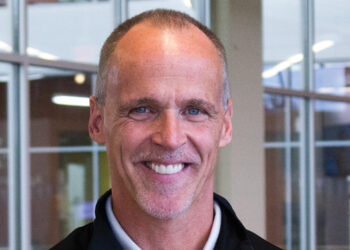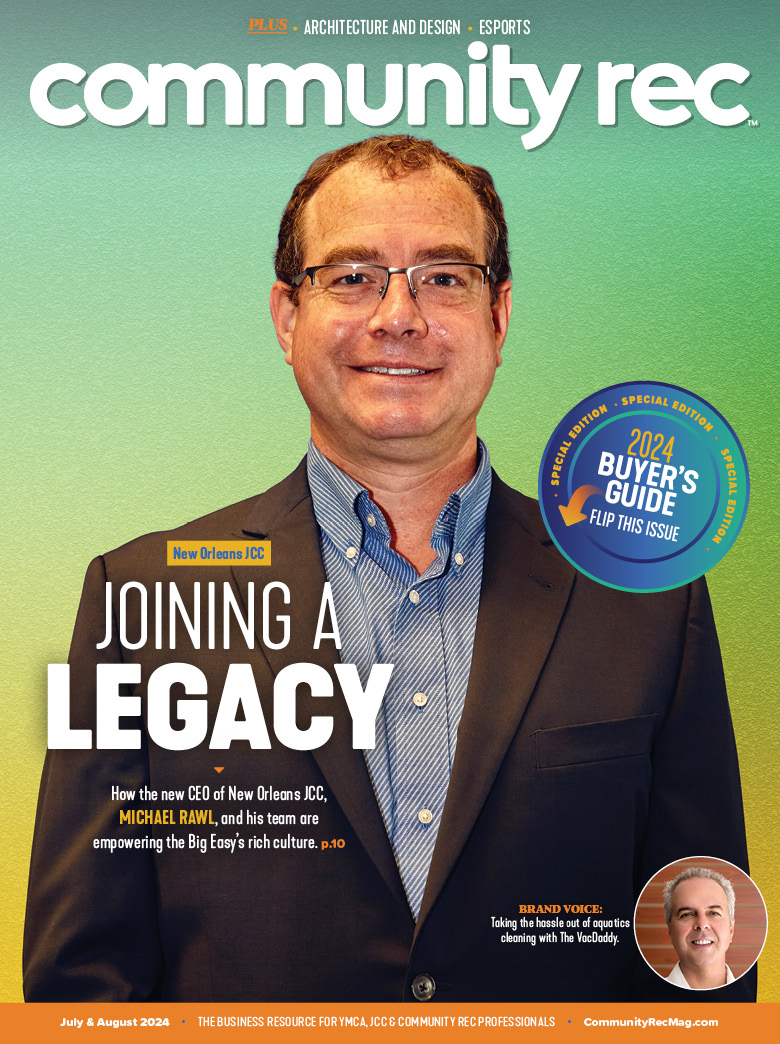Marketing strategies to get members back into your facilities.
According to Ignite Visibility, almost 90% of marketers say their social marketing efforts have increased exposure for their business, and 75% say they’ve increased traffic.
After enduring over a year of closures and restrictions due to the COVID-19 pandemic, people are ready to return to fitness facilities. Properly marketing your facility can get more people through your doors and help you impact more lives.
At the York JCC in York, Pennsylvania, its most effective marketing strategy is word of mouth.
“People do business with people, not businesses. It’s important we create such a connection with our members and guests that they can’t wait to tell their friends to come visit us,” said Jessica Montour, the marketing and communications director at the York JCC. “Outside word of mouth, we have had great success with social media and creating engaging content through our social media channels.”
Social media and digital marketing have become even more important over the last year.
Through COVID-19, the York JCC had to continue to adapt to the ever-changing needs of its guests. Early on, the JCC knew it needed to create a virtual platform so members could gain access to programming from anywhere. This led to implementation of the J-Wired virtual platform.
“With the uncertainty of state mandates, we switched from seasonal program guides to shorter program blocks,” explained Montour. “We relied heavily on social media and email communications to keep our members informed. However, with state mandates and guidelines opening up, we are seeing an increased influx of members returning to the facility, and the desire for a comprehensive program guide to once again be created. The marketing strategy will still utilize the new virtual offerings and increased social media campaigns, but it’s important to continue to offer more traditional methods as well.”
Chris Lassiter, the marketing and communications director at the Staunton-Augusta Family YMCA in Staunton, Virginia, agreed having a mix of digital and traditional marketing options is key. According to Lassiter, the facility’s most effective marketing strategy is telling its story well. They use the power of storytelling in multiple formats, including email blasts, blogs and videos on social media.
“Because we are in a small market, not everyone is digital,” said Lassiter. “By necessity, this has to be a both/and for us. We do a ton to reach our digital audience, but we always have to ask what about our older population and rural population who may not have the same technological access or interest.”
While traditional marketing is essential, it does come with draw back in today’s world. For example, the Staunton-Augusta Family Y used to mail out a brochure three times a month with the programs list. However, this stopped during the pandemic because everything was so fluid the Y couldn’t print a brochure for fear of the dates changing.
While the formats of marketing has evolved, the concept still rings true.
“The concept of marketing — transferring enthusiasm from the brand to the customer — hasn’t changed at all,” said Lassiter. “The only change is navigating the barriers of COVID to do it, or if you are an industry like e-commerce, you show how you help people thrive in COVID.”
Impacting lives and helping people thrive is a big reason many professions join the industry. Making this change can begin with your marketing messages.
“As an industry, we must promote health and fitness in a community setting for its personal and social benefits,” said Richard Batyko, the chief marketing officer at the Cleveland YMCA in Cleveland, Ohio. “Most people do not have a gym or fitness club membership, so there is a significant market opportunity for all providers. We need to collectively broaden the market more than we work to compete with each other.”
Like the York JCC and the Staunton-Augusta Family Y, the Cleveland Y’s marketing strategy is not homogeneous. It has marketing executions that vary based on the target audience. Batyko said their primary target audience continues to be families with younger children, though their broader audience includes people who align with areas of focus.
These areas of focus include:
- Youth Development: Empowering young people to reach their full potential.
- Healthy Living: Improving individual and community well-being.
- Social Responsibility: Giving back and inspiring action in our communities.
Batyko said their association finds a media mix works best for reaching these target audiences. While they put more resources into digital executions, which are more easily measured, they continue to leverage traditional marketing including television, terrestrial radio and billboards.
“Marketing is nothing more than the personification of the organization,” said Batyko. “Consumers are bombarded with advertising, so providers must be authentic in their messaging. No one facility or chain is right for every consumer, so the organization must differentiate based on its unique offerings. The more we do that, the more we will uncover the consumers interested in our specific services. We need to avoid me-too marketing and play to our individual strengths.”











